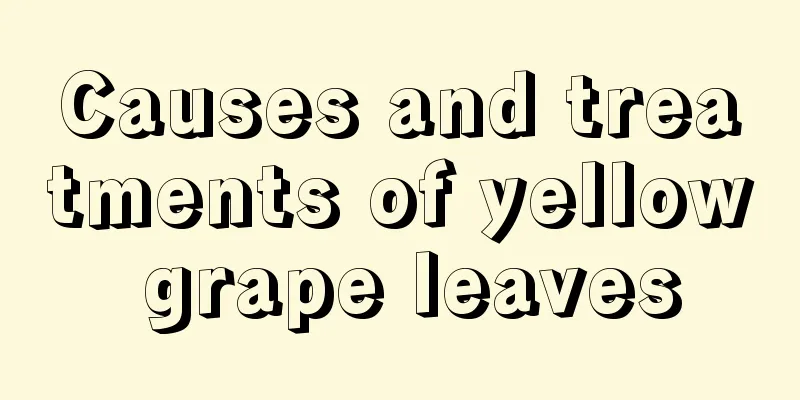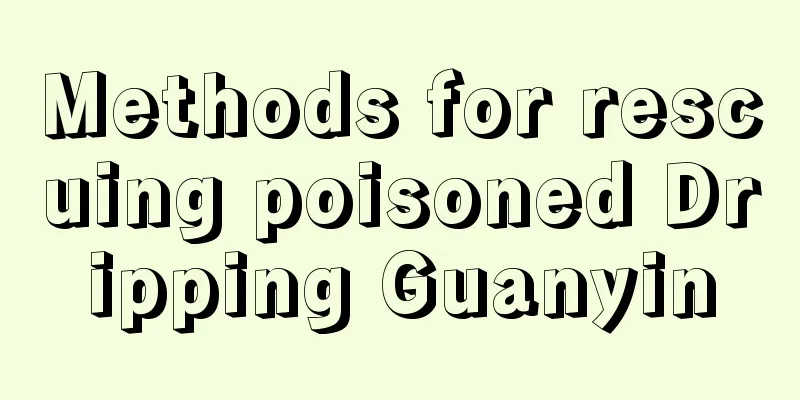Things to note when growing daisies

Things to note during the sowing phaseSpecial attention should be paid to light control, even in summer. There is no need to cover the soil when sowing daisies, but the light cannot be too strong. Appropriate shade is needed, and a thin layer of vermiculite can be used to cover it. The germination temperature needs to be maintained at 18°C; the substrate humidity is maintained between 80% and 90%, and the relative humidity of the air is required to be 100%; the pH value should be between 5.5 and 6.2, and no fertilizer is required during this period. In July and August, the greenhouse environment is mostly in a state of high temperature and high humidity, and it is necessary to use shade nets, fans, wet curtains and other facilities for ventilation and cooling. Plants growing true leavesThe air humidity should be reduced to prevent the substrate from being overly moist, and the substrate should be allowed to dry out between waterings. When the seedlings have 2 to 3 pairs of true leaves and the root system is fully developed, they can be hardened. Precautions during the seedling hardening stageWater control is particularly important, otherwise the seedlings will easily grow too tall. In order to avoid excessive growth, we must first ensure sufficient light. The stronger the better, as long as it is not higher than 50,000 lux, and it must be ensured to be no less than 10,000 lux. At the same time, ventilation should be strengthened, temperature and humidity should be controlled, and growth regulators should be used to inhibit excessive growth. Precautions for transplanting into potsThe pots used are mostly 12 cm diameter nutrient pots or flower pots. The substrate is required to be loose, with good drainage and air permeability, containing iron chelates and trace nutrients. The clay content is required to be between 15% and 30%, the pH value is 5.5 to 6.2, and the EC value is 0.5 to 0.75. After the daisies are potted, the light should be more sufficient, with at least 50,000 to 100,000 lux guaranteed in winter. During the production of finished flowers, top dressing once a week is sufficient. Pay attention to pest controlDaisies are susceptible to infection by pathogens, so avoid dense planting and keep the environment ventilated and breathable. If pests such as aphids appear, the infected plants or diseased leaves should be removed promptly. |
<<: The cultivation methods and precautions of golden diamond
>>: How to grow daisies in pots
Recommend
How to raise Royal Yellow
1. Maintenance methods 1. Temperature: Yuyihuang ...
How to propagate bird's tongue
Propagation by division: 1. Division time: The di...
What to do if the leaves of agave turn yellow
1. Timely pruning If it turns dry and yellow due ...
What to do if you accidentally overwater your fortune tree? How to water it correctly
1. What to do if you accidentally overwater 1. St...
What are the herbs that bloom in winter?
Daffodils The flowering period is winter, and the...
The difference between large-flowered Huilan and black orchid
1. Leaf Difference The leaves of the large-flower...
What fertilizer can make aloe vera grow faster and how can we make it bigger and fatter?
1. What fertilizer can make the plants grow faste...
Reasons why clematis does not bloom
1. Proper pruning Reason: The main reason why it ...
How to grow Haworthia succulenta
1. Fertilization In this regard, flower lovers ha...
Daisy flower language, daisy pictures
1. Flower language introduction 1. Hidden love: t...
Planting technology and management of snow peas
The cultivation of snow peas has enriched the typ...
How to propagate Shibazakura
How to propagate Shibazakura There are three ways...
Can peppers be planted in February?
It is already February. The daytime hours are get...
The efficacy and function of duckweed
Ornamental value Nuphartia is a typical ornamenta...
How to prune the roots of Acorus calamus
Does Acorus calamus need root pruning? Root pruni...









